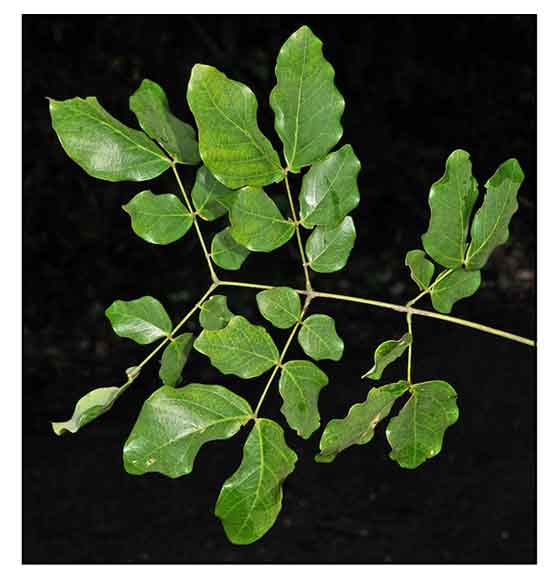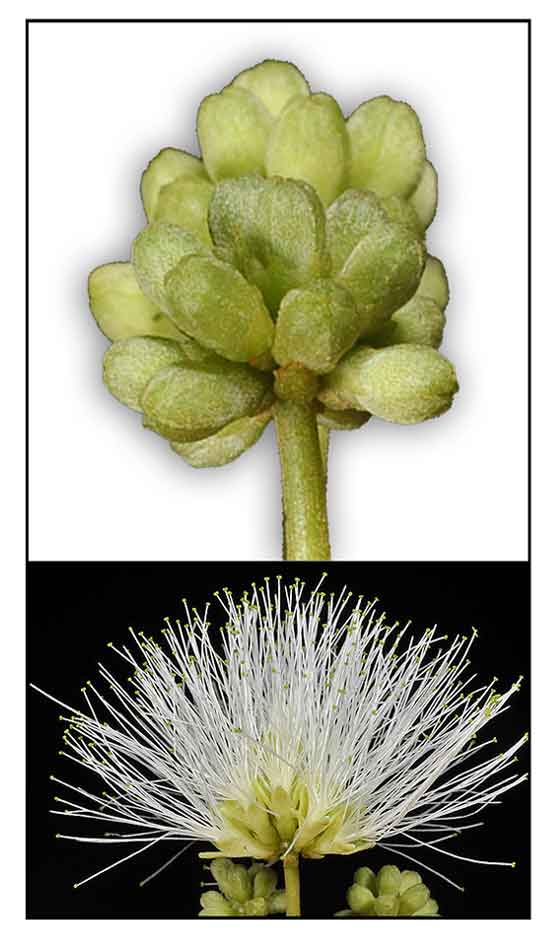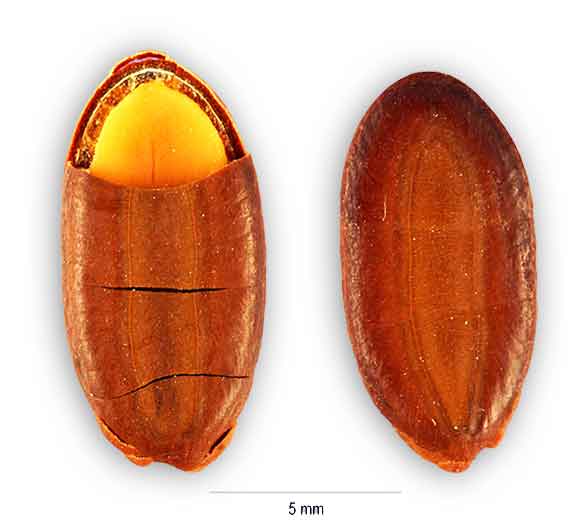
Family • Fabaceae
Salingkugi
Albizia saponaria (Lour.) Blume ex Miq.
WHITE FLOWER ALBIZIA / LANGIR
| Scientific names | Common names |
| Albizia saponaria (Lour.) Blume ex Miq. | Salingkugi (Tag.) |
| Feuilleea saponaria (Lour.) Kuntze | Soap acacia (Engl.) |
| Inga saponaria (Lour.) Willd. | Whiteflower albizia (Engl.) |
| Mimosa saponaria Lour. | |
| Accepted infraspecifics (2) | |
| Albizia saponaria var. saponaria | |
| Abarema nediana Kosterm. | |
| Albizia salajeriana Miq. | |
| Feuilleea salajeriana (Miq.) Kuntze | |
| Albizia saponaria var. velutina I.C.Nielsen | |
| Albizia saponaria is an accepted species. KEW: Plants of the World Online | |
| Other vernacular names |
| INDONESIA: Languir, Merbuan. |
August 2024
![]()
 |
| PHOTOS / ILLUSTRATIONS |
| IMAGE SOURCE: Fabaceae: Albizia saponaria / Leaves / Copyright © 2017 by P.B. Pelser & J.F. Barcelona (contact: [email protected]) [ref. DOL123033] / Non-Commercial Use / Click on image or link to go to source page / Phytoimages.siu.edu |
| IMAGE SOURCE: Fabaceae: Albizia saponaria / Young flower head / Copyright © 2017 by P.B. Pelser & J.F. Barcelona (contact: [email protected]) [ref. DOL123135] / Non-Commercial Use / Image modified / Click on image or link to go to source page / Phytoimages.siu.edu |
| IMAGE SOURCE: Fabaceae: Albizia saponaria / Flower head / Copyright © 2017 by P.B. Pelser & J.F. Barcelona (contact: [email protected]) [ref. DOL123113] / Non-Commercial Use / Image modified / Click on image or link to go to source page / Phytoimages.siu.edu |
| OTHER IMAGE SOURCE: Seeds / Albizia saponaria / Tracey Slotta @ USDA-NRCS PLANTS Database / USDA |
Additional
Sources and Suggested Readings |
• |
DOI: It is not uncommon for links on studies/sources to change. Copying and pasting the information on the search window or using the DOI (if available) will often redirect to the new link page. (Citing and Using a (DOI) Digital Object Identifier) |
| List of Understudied Philippine Medicinal Plants |
| New plant names needed The compilation now numbers over 1,500 medicinal plants. While I believe there are hundreds more that can be added to the collection, they are becoming more difficult to find. If you have a plant to suggest for inclusion, native or introduced, please email the info: scientific name (most helpful), local plant name (if known), any known folkloric medicinal use, and, if possible, a photo. Your help will be greatly appreciated. |
• |
 |


 Constituents
Constituents
